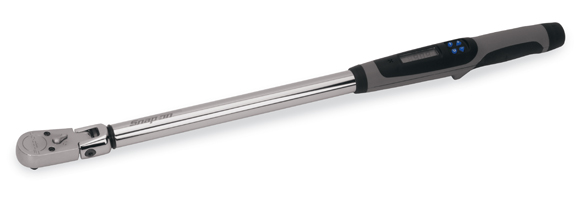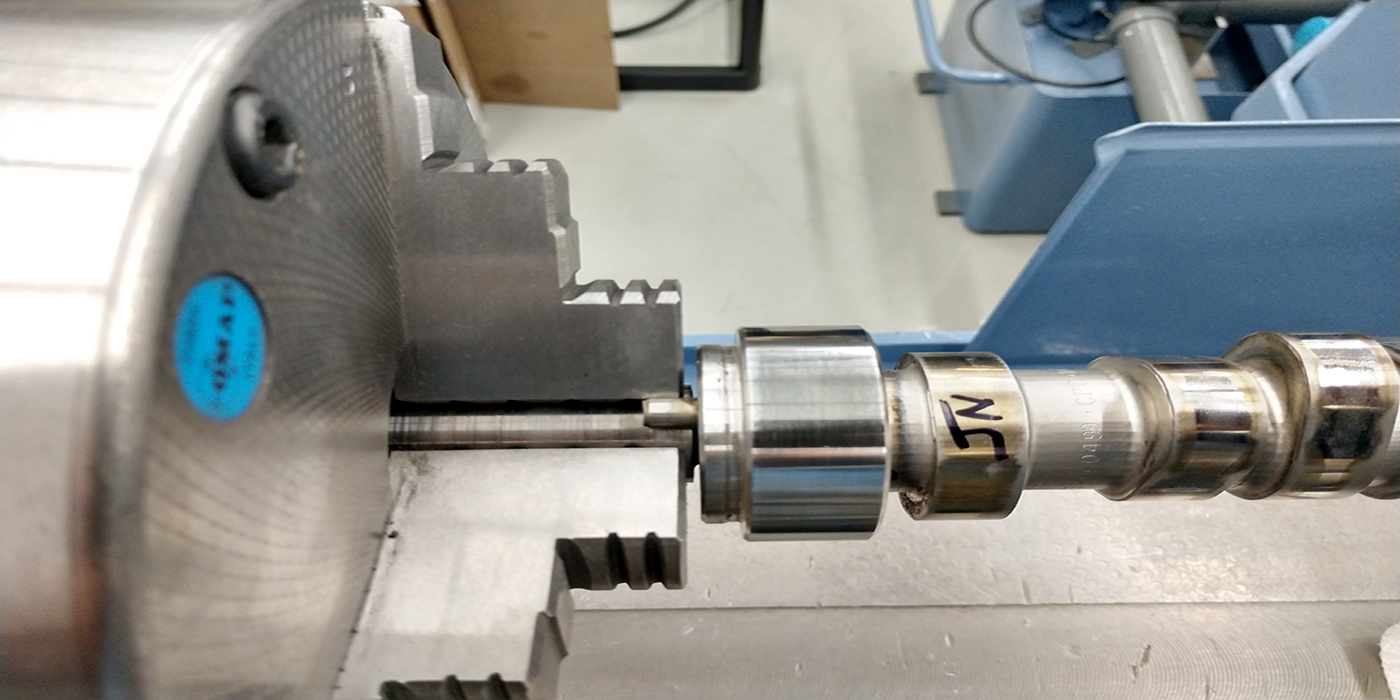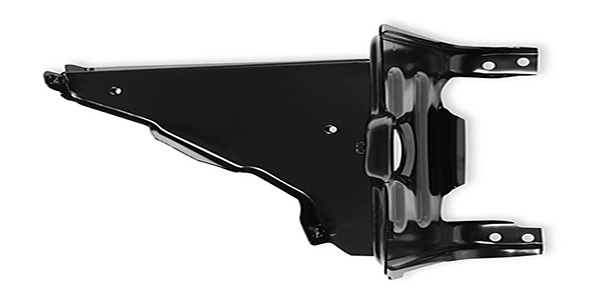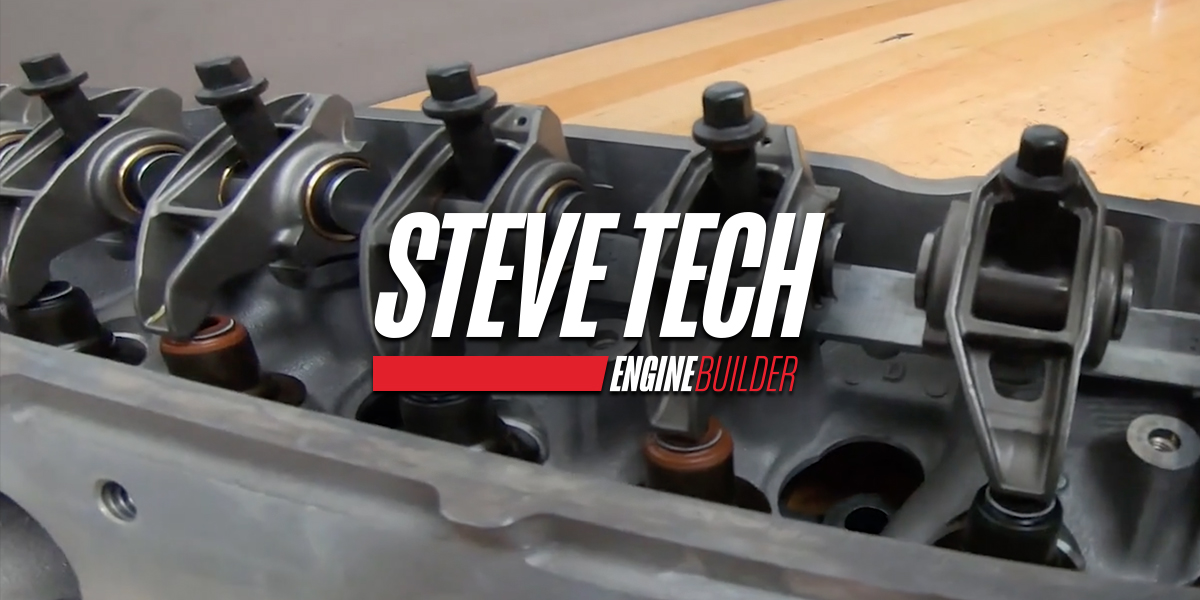A torque wrench is a precision instrument designed to apply a specific amount of force to a fastener. Whether tightening head bolts on an automobile engine, lugs for tire and rim installation or inspecting fastener tolerances on high-performance equipment, it is extremely important that proper care is used.
Guidelines are typically provided noting acceptable torque ranges, the order in which specific fasteners are tightened and the number of times a fastener must be tightened and loosened to ensure uniform torque application. Failure to properly torque fasteners can lead to equipment damage, personal injury or worse.
It is important to follow acceptable maintenance and use practices, such as:
1. Safety glasses or goggles should be worn at all times when using any hand tool.
2. Always follow the manufacturer’s directions regarding torque direction, proper force, torque pattern/sequence, use or non-use of lubrication on fasteners and torque “tighten/release” cycles.
3. Do not exceed the recommended working range of the torque wrench. Reliable measurements are based on a percentage of the working range. In general, most mechanical wrenches have a useable range from 20% to 100% of full scale. Most electronic wrenches have a useable range from 10% to 100% of full scale.
4. Do not use accessories or handle extensions unless specifically allowed by the torque wrench manufacturer.
5. Take time to inspect the tool and check for worn or cracked sockets. Properly lubricate and replace worn parts.
6. Avoid dropping or sliding a torque wrench. Dropping a torque wrench on a hard surface can cause the instrument to lose reliable calibration. If you suspect that a wrench has been dropped, have the tool inspected by the manufacturer or reputable calibration service.
7. Always store a torque wrench in a protective case and/or location when not in use.
8. Avoid exposure to temperature extremes, high humidity, fluid immersion and corrosive environments.
9. If using a click-type torque wrench, always store it at the lowest level on the scale.
10. Avoid marking, etching or placing labels on torque wrenches.
11. Use a torque wrench to apply a specific torque value during the final assembly process. Do not use a torque wrench as the primary means of tightening or loosening fasteners.
12. As most torque wrenches are length specific, always grasp the torque wrench in the center of the handle. If two hands need to be used, place one hand on top of the other.
13. Apply torque in a slow, methodical manner and avoid sudden, “jerking” movements.
14. When the wrench signals (by clicking, beeping or lights) that a specific torque has been reached, stop pulling immediately.
15. After 5,000 cycles or up to one year of use, whichever comes first, have your torque wrench inspected and recalibrated by the manufacturer or reputable calibration service.
With proper care, a high-quality torque wrench should provide accurate measurements for many years.
Tech Tip Courtesy of Snap-On Tools




